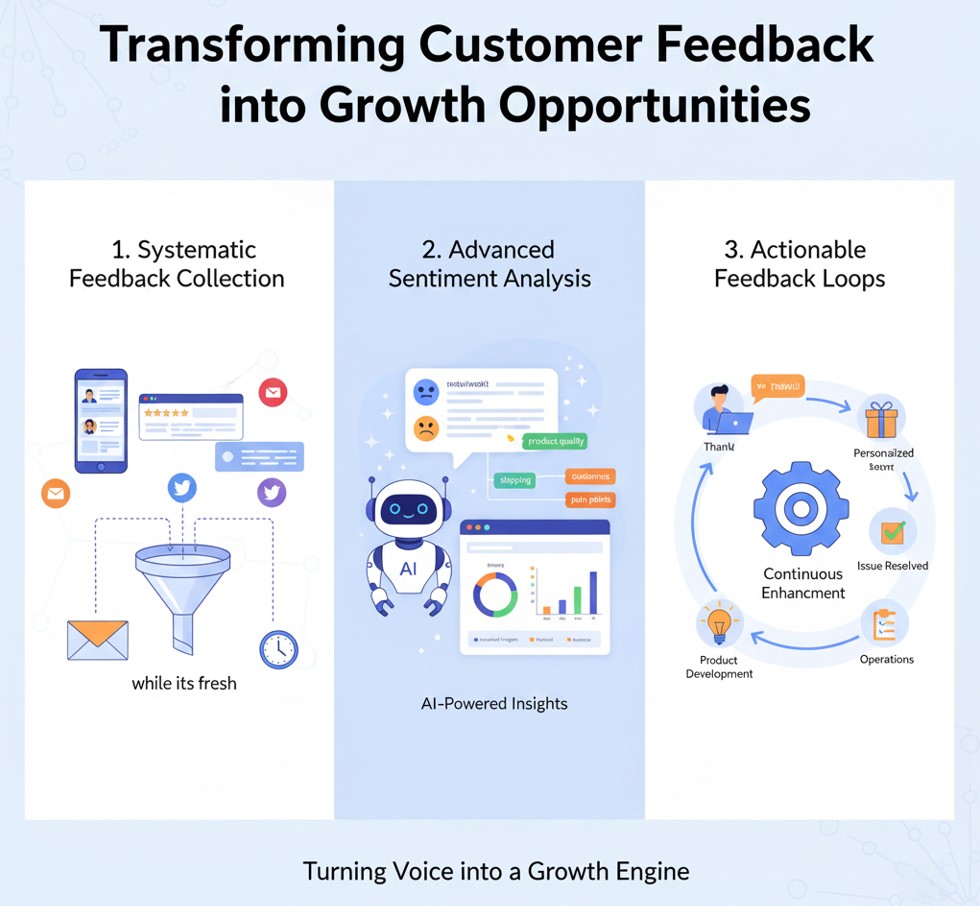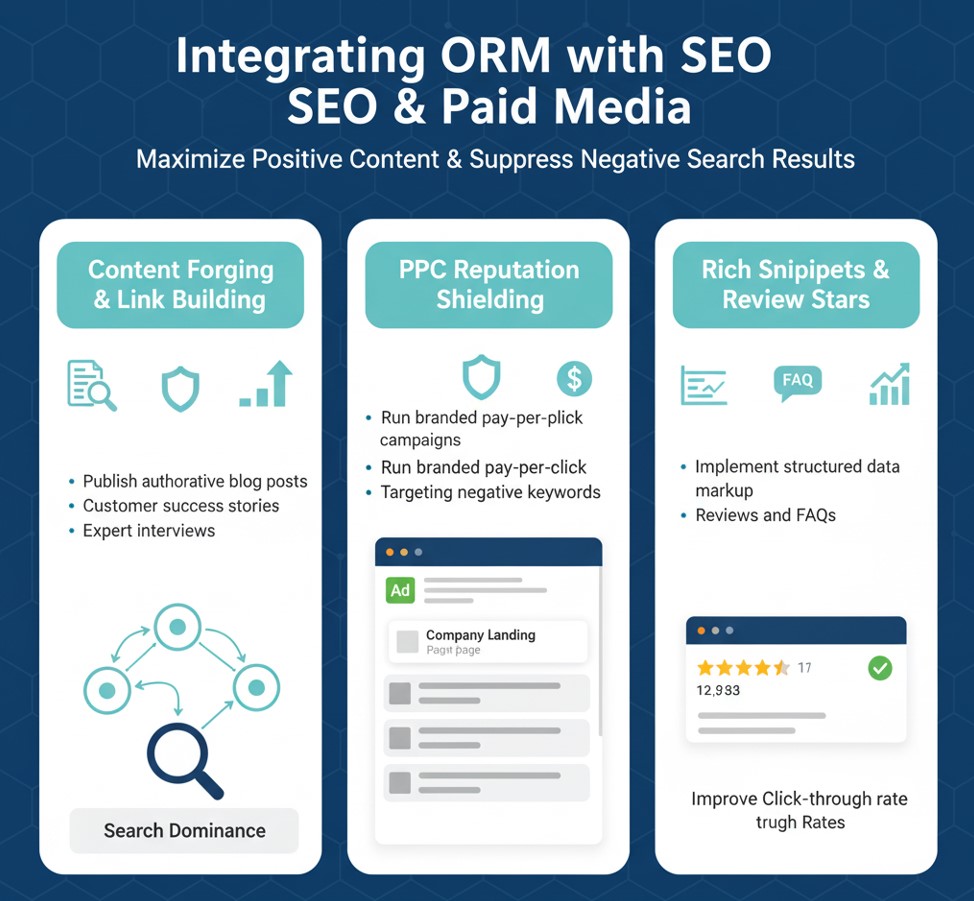In today’s digital landscape, your brand’s reputation is its most valuable currency. With more consumers than ever turning to online reviews and social media to shape purchasing decisions, mastering online reputation management (ORM) is not optional—it’s essential. This guide dives deep into sophisticated ORM tactics, showing you how to harness customer feedback, integrate ORM with broader marketing channels, and build unshakeable brand trust.
1. Understanding the Evolving ORM Landscape
Online reputation management has evolved from simple review monitoring to a strategic process that blends analytics, customer engagement, and proactive brand building. Key trends include:
- AI-Driven Sentiment Analysis: Automated tools can now detect sentiment nuances and emerging trends in real time.
- Omnichannel Feedback Integration: Reviews, social mentions, chat transcripts, and survey responses are unified for a holistic view.
- Crisis Simulation & Preparedness: Brands conduct tabletop exercises using AI-generated scenarios to refine response plans.
- Personalized Engagement: Leveraging CRM data to tailor follow-ups and thank-you messages that reinforce loyalty.
2. Transforming Customer Feedback into Growth Opportunities

Positive and negative feedback alike offer invaluable insights. To turn customer voice into a growth engine, follow these steps:
2.1 Systematic Feedback Collection
Use an omnichannel approach: embed review widgets on your website, automate review requests post-purchase, and integrate social listening feeds. Ensure every touchpoint—from email surveys to in-app prompts—captures the customer’s sentiment while it’s fresh.
2.2 Advanced Sentiment Analysis
Invest in AI tools that go beyond star ratings. They identify emotional triggers, common pain points, and feature requests buried in free-text reviews. Tag and categorize feedback by theme—such as product quality, shipping experience, or customer service—to prioritize improvement areas.
2.3 Actionable Feedback Loops
Close the loop by responding publicly and privately. Thank satisfied customers with personalized messages, and address complaints promptly to demonstrate accountability. Internally, funnel insights into product development, marketing, and operations teams to drive continuous enhancement.
3. Proactive Monitoring & Early Warning Systems
Waiting for a crisis to erupt is a recipe for reputational damage. Instead, establish real-time monitoring and early warning protocols:
3.1 Keyword & Brand Mention Alerts
Set up keyword trackers for your brand name, product lines, executives, and key campaign hashtags. Configure alert thresholds so marketing and PR teams receive instant notifications when negative mentions spike.
3.2 Competitive Benchmarking
Monitor peer brands to gauge industry sentiment and spot best practices. Tools like social listening platforms can reveal what your competitors are doing well—and where they falter—so you can adapt your strategy accordingly.
3.3 Crisis Simulation Drills
Run quarterly tabletop exercises where cross-functional teams respond to mock negative reviews, viral complaints, or data breach rumors. Evaluate response speed, message consistency, and escalation procedures to fine-tune your crisis playbook.
4. Integrating ORM with SEO & Paid Media

ORM doesn’t live in a silo. By aligning efforts with SEO and paid advertising, you maximize visibility of positive content and suppress negative search results:
4.1 Content Forging & Link Building
Publish authoritative blog posts, customer success stories, and expert interviews that rank for branded and industry keywords. Promote these assets through outreach to earn high-quality backlinks, which strengthen their search dominance.
4.2 PPC Reputation Shielding
Run branded pay-per-click campaigns targeting negative keywords associated with your company. By ensuring positive landing pages appear first, you prevent critical content from drowning out your narrative.
4.3 Rich Snippets & Review Stars
Implement structured data markup for reviews and FAQs. When search results display star ratings and answers directly, click-through rates improve—and negative listings get pushed further down the page.
5. Responding to Negative Publicity with Agility
A swift, transparent response can turn a potential PR disaster into a trust-building opportunity. Here’s your 5-step response framework:
- Acknowledge Promptly: Reply publicly within 24 hours, expressing empathy and a commitment to investigate.
- Investigate Internally: Collaborate with legal, customer service, and product teams to verify facts.
- Communicate Clearly: Issue concise statements outlining your findings and remediation steps.
- Offer Resolution: Provide compensation, refunds, or alternative solutions to affected customers.
- Follow Up: Share updates publicly when fixes are in place to close the reputation loop.
6. Cultivating Long-Term Brand Trust
Sustained reputation excellence stems from consistent customer-centric practices. Prioritize these initiatives:
6.1 Transparency & Authentic Storytelling
Publish behind-the-scenes videos, employee interviews, and sustainability reports to humanize your brand. Authenticity resonates more powerfully than polished marketing copy.
6.2 Community Engagement
Foster brand advocates by creating loyalty programs, VIP customer councils, or online forums. When customers feel heard and valued, they become your strongest defenders in public conversations.
6.3 Continuous Learning Culture
Embed reputation analytics into your regular performance reviews. Train frontline staff on empathy, effective communication, and brand guidelines to ensure every customer interaction reflects your values.
Conclusion
Sophisticated online reputation management goes beyond reactive review monitoring. By harnessing AI-powered insights, integrating ORM with SEO and paid media, and prioritizing proactive engagement, brands can transform customer feedback into a competitive advantage. Start today by auditing your current ORM processes, identifying quick-win improvements, and committing to a culture of transparency and responsiveness. Your brand’s future depends on it.
Ready to elevate your brand reputation? Deploy these advanced strategies now and watch your trust metrics soar. For tailored ORM solutions, contact our expert team and take control of your digital narrative today.
Learn more about: AI-Driven Online Reputation Management: Real-Time Monitoring and Automated Responses





